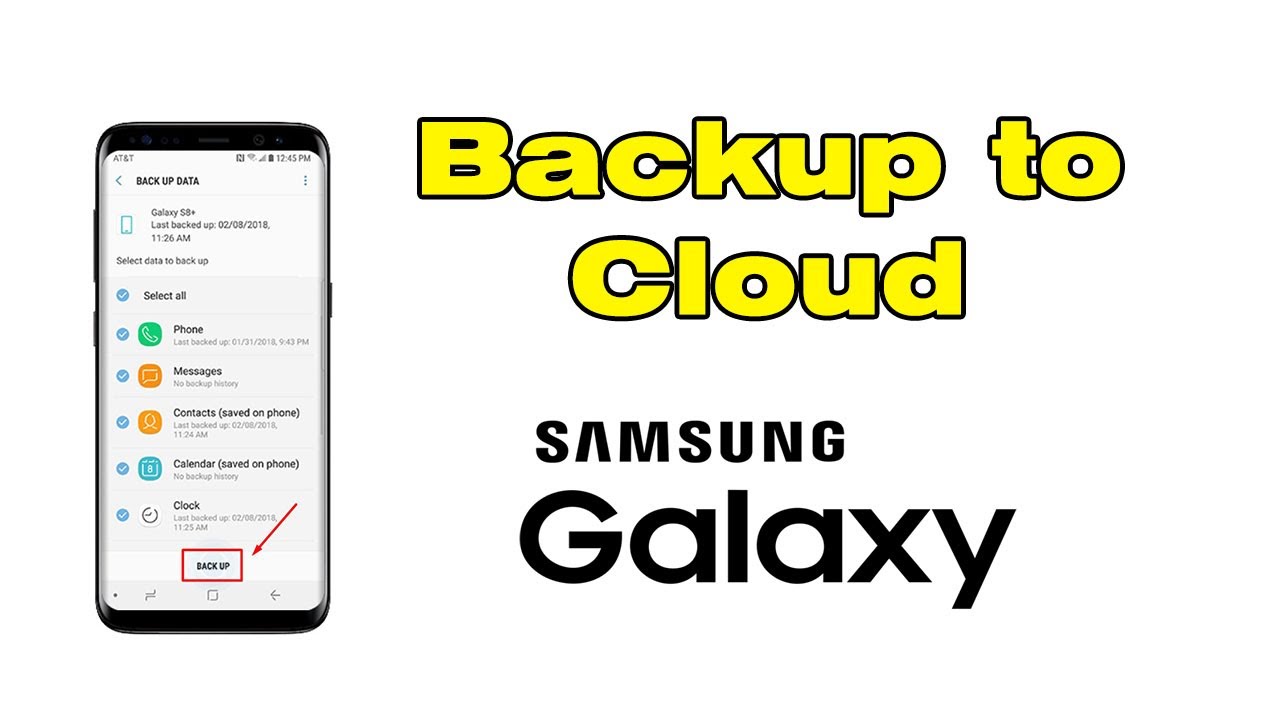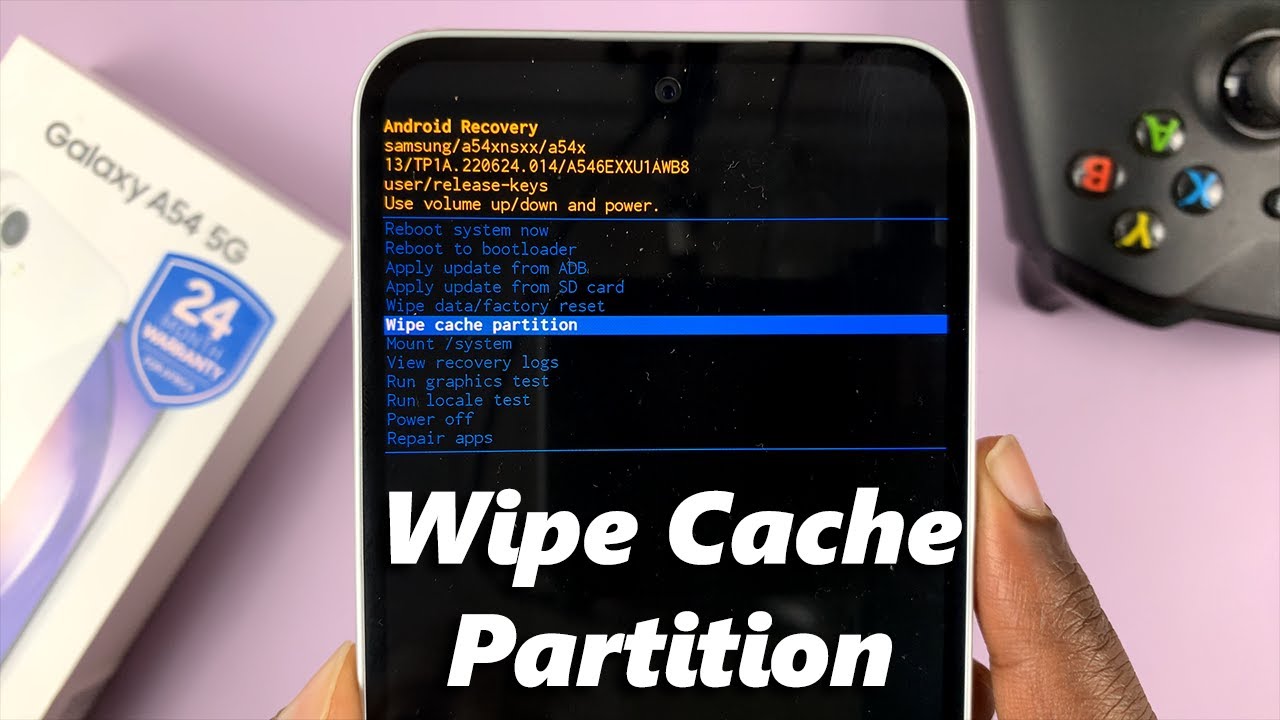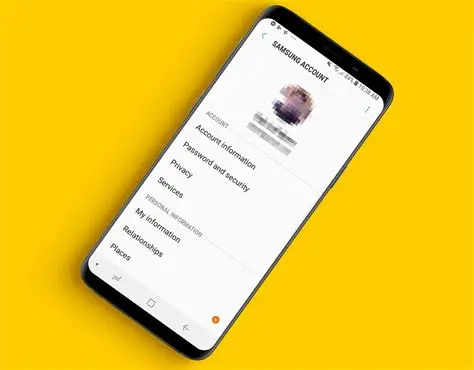Backing up your Samsung phone is essential to protect your data from loss due to device damage, theft, or accidental deletion. Samsung Cloud offers an easy and efficient way to securely back up your important data, including contacts, photos, messages, and settings. This guide explains how to backup your Samsung phone to Samsung Cloud with clear steps and helpful tips.
- Understand What Samsung Cloud Backs Up
Samsung Cloud can backup various types of data, such as:
- Contacts
- Calendar events
- Photos and videos (via Gallery sync)
- Messages and call logs
- Settings and preferences
- Apps and home screen layout
- Notes and reminders
Be aware that Samsung provides limited free storage space (usually 5GB), so managing your data and storage is important.
- Prerequisites for Using Samsung Cloud
Before backing up, ensure the following:
- Your Samsung phone is connected to Wi-Fi (to avoid data charges).
- You are signed into your Samsung account.
- You have enough available space in Samsung Cloud for your backup.
- Your device is running a compatible version of One UI (Samsung Cloud is integrated into One UI).
- Sign In to Your Samsung Account
If not already signed in:
- Open Settings on your Samsung phone.
- Scroll to and tap Accounts and backup > Accounts.
- Select Add account and choose Samsung account.
- Sign in or create a new account.
- How to Manually Backup Your Samsung Phone to Samsung Cloud
Step 1: Open Settings.
Step 2: Tap Accounts and backup.
Step 3: Select Backup and restore.
Step 4: Under Samsung Cloud, tap Back up data.
Step 5: Select the data categories you want to back up (e.g., Contacts, Messages, Settings).
Step 6: Tap Back up now.
The backup process will begin and can take several minutes depending on the data size.
- Enable Automatic Samsung Cloud Backup
To keep your data backed up regularly without manual effort:
- Go to Settings > Accounts and backup > Backup and restore > Samsung Cloud.
- Tap Auto backup.
- Enable the toggle for Auto backup.
- Select the data categories to be backed up automatically.
Samsung Cloud will now back up your selected data daily when your phone is connected to Wi-Fi and charging.
- How to Sync Gallery Photos to Samsung Cloud
Samsung Cloud supports syncing your photos and videos for safe storage:
- Open the Gallery app.
- Tap the three-dot menu and select Settings.
- Tap Sync with Samsung Cloud.
- Enable the toggle to start syncing your photos.
Your photos and videos will be uploaded and accessible from other Samsung devices signed into your account.
- How to Restore Data from Samsung Cloud Backup
If you get a new Samsung device or reset your current one:
- Sign in to your Samsung account during device setup.
- When prompted, choose Restore from Samsung Cloud backup.
- Select the backup file to restore and choose the data categories.
- Tap Restore and wait for the process to complete.
You can also restore manually later by going to Settings > Accounts and backup > Backup and restore > Samsung Cloud > Restore data.
- Managing Samsung Cloud Storage
- Monitor your cloud storage by navigating to Settings > Accounts and backup > Samsung Cloud.
- If storage is full, consider deleting unnecessary backups or photos.
- Samsung offers paid plans to increase storage if needed.
- Troubleshooting Common Backup Issues
- Backup fails or is slow: Ensure a stable Wi-Fi connection and enough cloud storage space.
- Backup option missing: Update your phone’s software or check if Samsung Cloud is supported on your device.
- Unable to sync photos: Make sure you are signed into the correct Samsung account and Gallery sync is enabled.
- Alternative Backup Options
If Samsung Cloud is insufficient for your needs:
- Use Google Drive backup for apps, contacts, and device settings.
- Use Samsung Smart Switch to transfer data to a PC or new phone.
- Consider third-party cloud storage for photos, such as Google Photos or Dropbox.
Final Thoughts
Backing up your Samsung phone to Samsung Cloud is a straightforward way to secure your data. Whether you prefer manual or automatic backups, following these steps will help you safeguard contacts, photos, messages, and settings. Regular backups protect you from unexpected data loss and make device transitions smoother.






